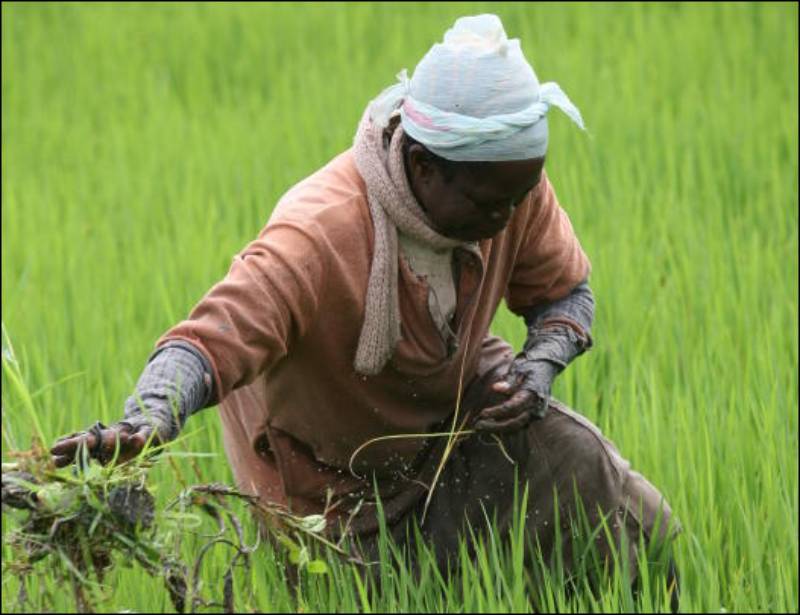×
The Standard e-Paper
Stay Informed, Even Offline

Farmers in Nyanza’s largest rice farming belt, Ahero and West Kano irrigation schemes, are abandoning the crop in their numbers due to a myriad of challenges the government seems to have turned a blind eye to.
Investigations and interviews with various stakeholders revealed that farmers are increasingly leasing out their paddies after failed efforts to earn a living from the crop.